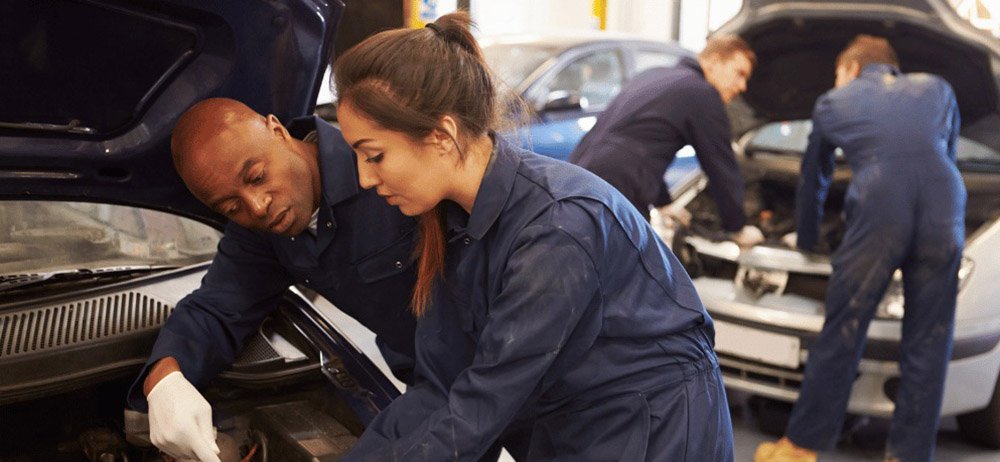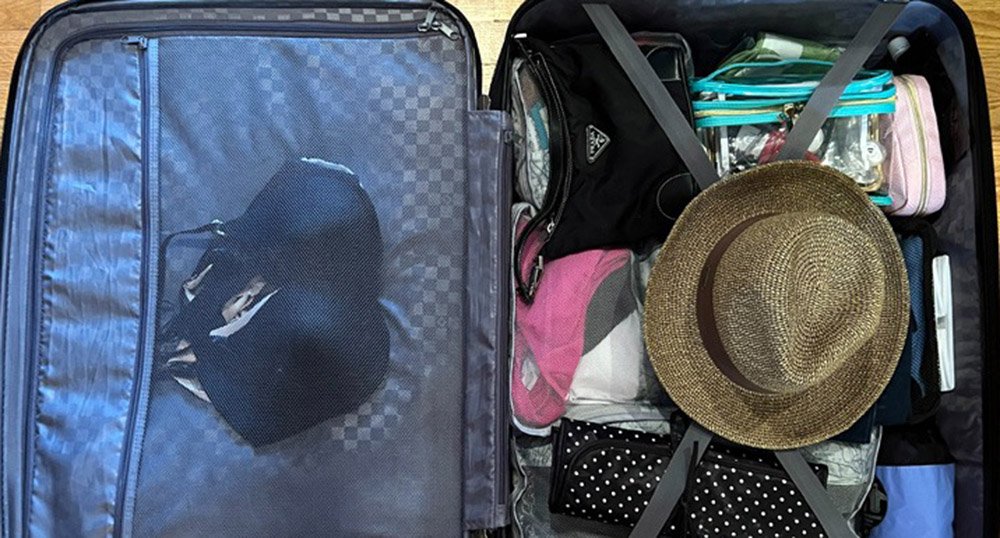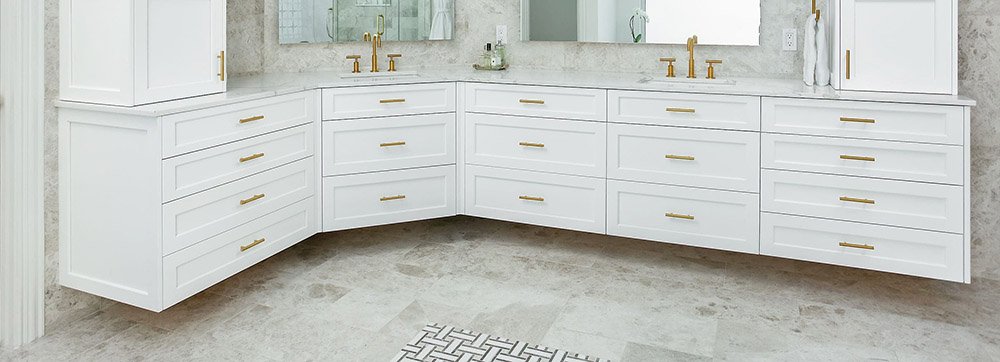Early detection of hidden maintenance concerns saves time, money, and worry. Whether you own a house or live in a strata unit, you must watch for subtle signals of issues. Routine maintenance is important, but identifying concerns early may save you money and give you piece of mind. How to discover hidden maintenance concerns early and keep your home safe and pleasant is covered in detail here.
The Importance of Proactive Monitoring
One of the most effective ways to protect your home from unexpected and expensive repairs is through proactive monitoring. Often, maintenance issues develop slowly over time, which means they can go unnoticed until it’s too late. Regularly inspecting your home or unit can prevent small problems from snowballing into major concerns. It’s important to adopt a mindset of vigilance—taking quick action at the first sign of trouble can make a significant difference.
In shared living environments, the strata maintenance team is typically responsible for managing common areas and structures. However, it is equally important for individuals to remain diligent and monitor their own units for hidden problems. Understanding the basics of what to look for can empower residents to report potential issues before they get worse.
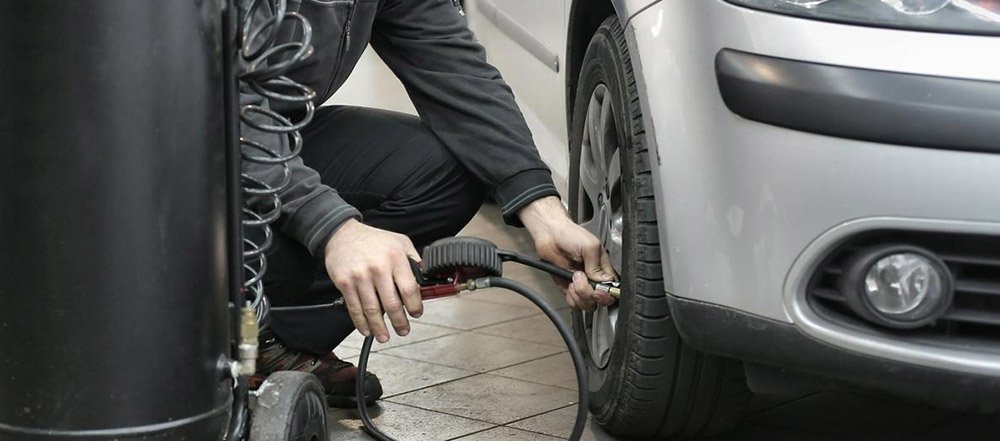
The Subtle Sounds of Trouble
Often, the first sign of a hidden problem is an unusual sound that might seem insignificant at first. Whether it’s a strange creaking or a constant drip of water, strange noises often signal something more serious. For example, the sound of dripping water can point to leaks that, if left unchecked, can lead to water damage or mold growth. Similarly, buzzing or humming from electrical fixtures could indicate faulty wiring, which could lead to a potential fire hazard. Even creaking or popping from floors or walls may indicate structural movement or shifts that could result in costly repairs if ignored.
Paying attention to these early warning signs is essential, as acting quickly can often prevent minor issues from developing into major problems. Ignoring these noises could cost you more in the long term, both financially and in terms of inconvenience.

Water Damage: A Silent Culprit
Water damage is one of the most common hidden issues that can go unnoticed until it causes significant harm. Leaks and moisture buildup can lead to mold growth, weaken structural integrity, and result in extensive repairs if not caught early. Keep a close eye on areas where water issues are most likely to occur—under sinks, around windows, or near appliances. Discoloration of walls and ceilings, such as yellow or brown stains, peeling paint, or the presence of musty odors, are all telltale signs of water infiltration.
Checking for these signs regularly can help you catch potential water damage before it worsens. If you notice any of these symptoms, it’s crucial to act quickly to prevent further damage and potential health risks associated with mold exposure.
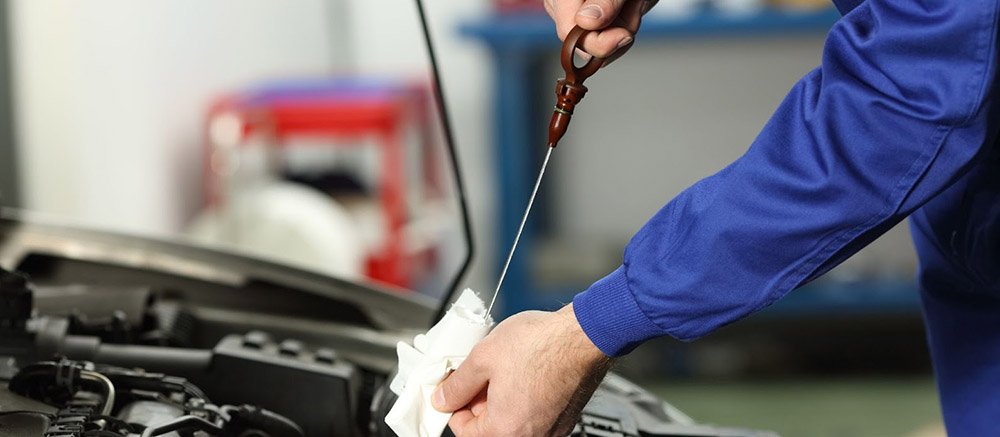
Energy Efficiency and Its Hidden Connections
An increase in your energy bills may be a clear indicator that something is amiss with your home’s systems. Energy inefficiency is often caused by poor insulation, HVAC issues, or drafts that allow warm or cool air to escape. Drafty windows or doors can let in cold air during winter and make your HVAC system work harder, which in turn increases your utility bills. Similarly, uneven room temperatures or strange noises from your heating and cooling systems may indicate problems with your thermostat or ductwork.
Addressing these issues promptly can save you money on energy costs and help improve the overall comfort of your home. Sealing gaps around windows and doors, and ensuring that your HVAC system is well-maintained, are simple yet effective ways to improve energy efficiency and prevent these problems from escalating.
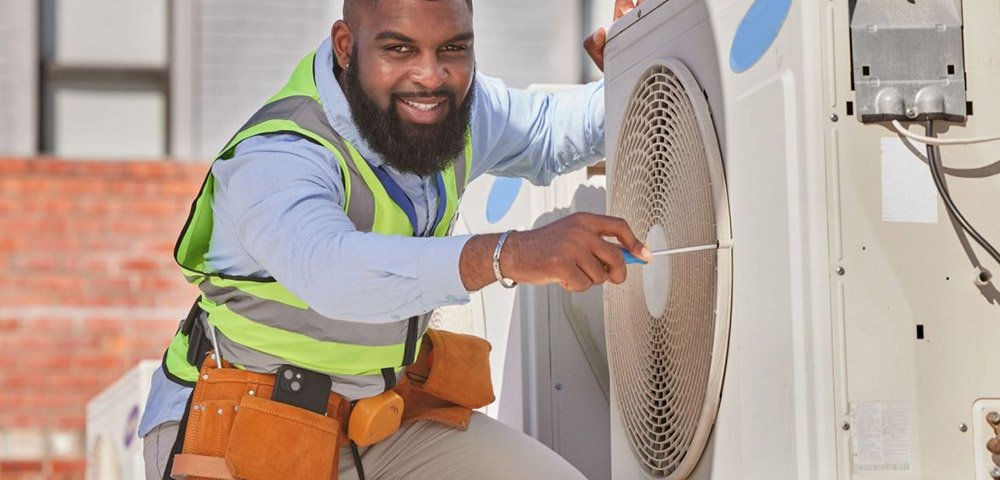
Roofing and Gutters: Often Overlooked but Crucial
Your roof and gutters need regular maintenance to avoid costly problems. Leaky roofs and missing shingles grow slowly and are not always obvious from the ground. However, if ignored, these flaws can harm your home’s structure and systems. Clogged gutters can cause foundation fractures and leaks by pooling water.
Regular roof and gutter inspections, especially after storms, can help you discover problems before they worsen. If you discover damage, fix it immediately to avoid more issues.
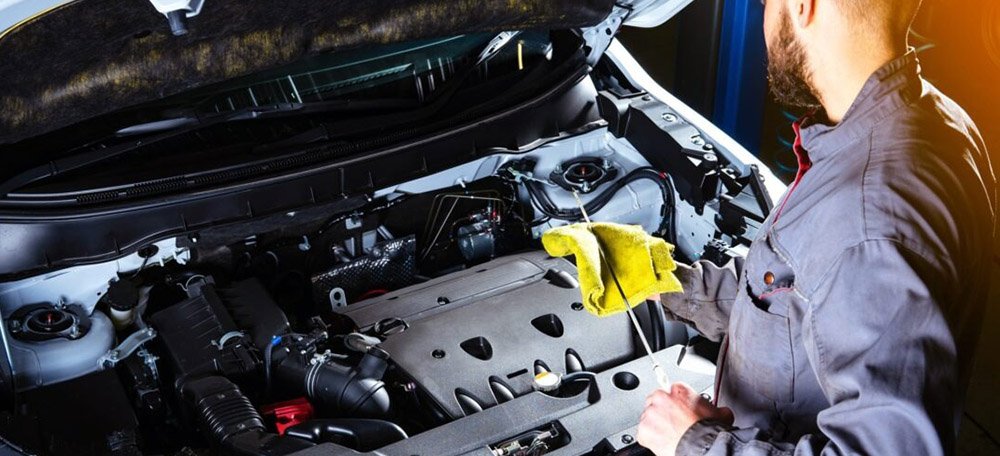
Electrical Systems: A Potential Safety Hazard
Electrical problems are not only costly, but they also pose significant safety risks. Flickering lights, warm outlets, or frequently tripped circuit breakers are all signs that your electrical system may be malfunctioning. If left unresolved, these issues can lead to electrical fires or other hazards. It’s essential to test your electrical systems regularly and address any issues with a licensed electrician. Hiring a professional for periodic inspections can help identify hidden problems that you may not be able to spot on your own.
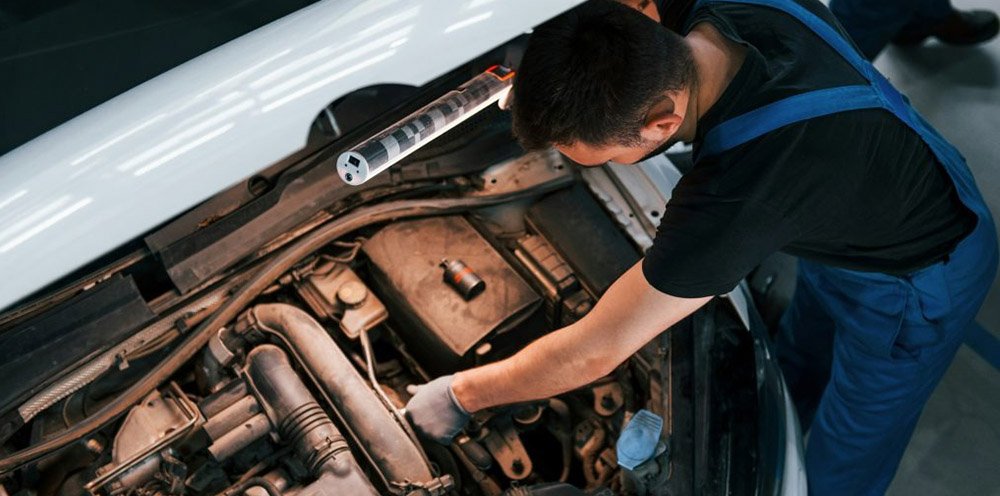
Foundation and Structural Integrity: Prevention is Key
Structural problems, especially those involving your foundation, are often gradual and may not show up right away. However, even small cracks in walls or ceilings, uneven floors, or doors and windows that stick can be signs that your home’s foundation is shifting. If these issues are left unresolved, they can lead to serious damage and expensive repairs. It’s a good idea to schedule a professional inspection if you notice any of these early signs of foundation trouble.
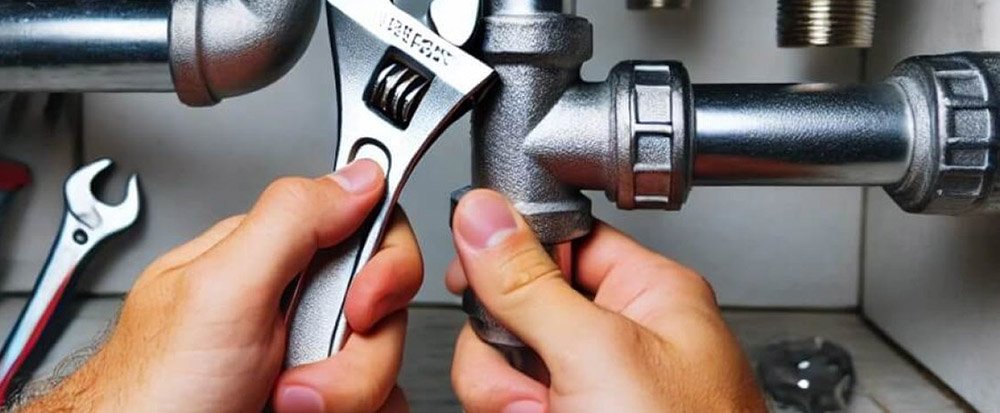
Plumbing: Small Issues Can Snowball
Plumbing issues may grow from small to catastrophic if neglected. Plumbing problems may start with leaks, poor water pressure, or sluggish drains. If any of these signs occur, check before a little leak becomes a burst pipe or floods. Regular plumbing inspections can spot concerns before they become significant.
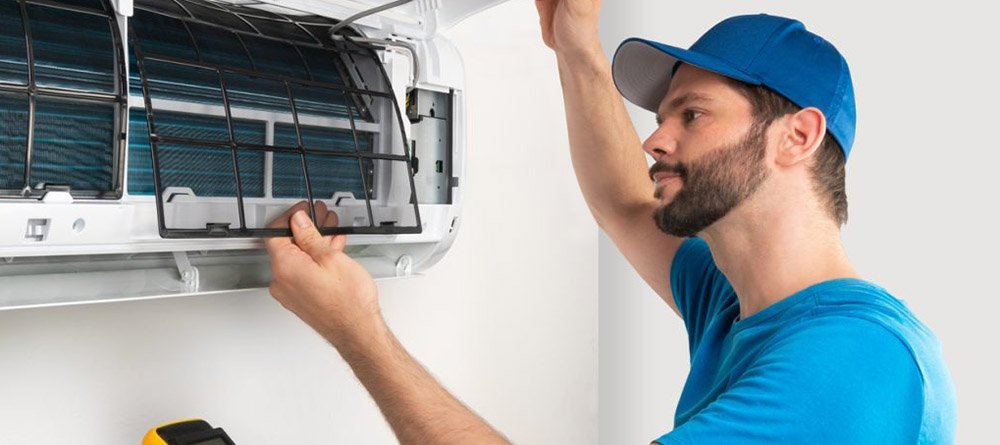
Stay Ahead of Maintenance Issues with Regular Inspections
One of the best ways to avoid hidden maintenance issues is by conducting regular inspections. Whether you live in a standalone home or a shared property, developing a habit of checking various systems—roof, plumbing, electrical, HVAC, and foundation—on a routine basis can help you catch problems early. Many of these inspections can be done by homeowners themselves, while others may require professional expertise.
Taking the time to stay on top of maintenance issues will not only keep your home in good condition, but it will also ensure that you’re not faced with unexpected repairs down the line. Proactive monitoring and addressing issues early are key to maintaining a safe, comfortable, and efficient living space.
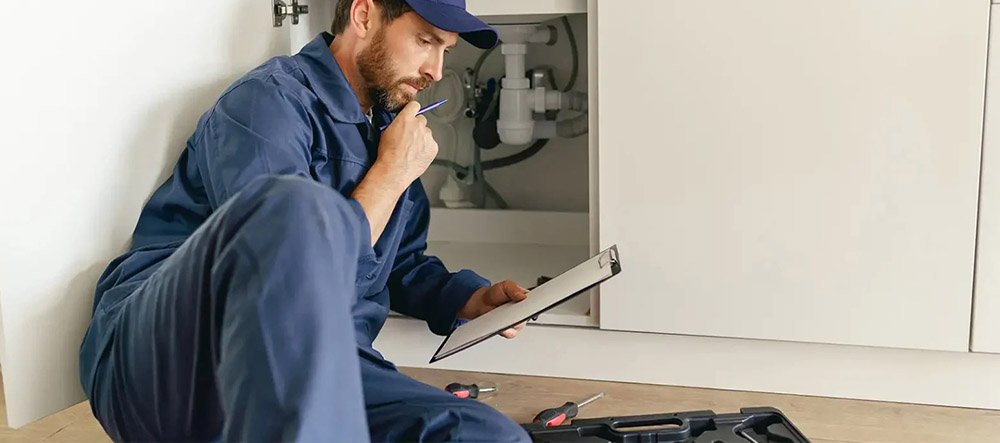
Frequently Asked Questions
What are the most common hidden maintenance issues?
Water damage, electrical faults, plumbing leaks, and roofing problems are common issues.
How often should I inspect my home?
It’s recommended to inspect your home at least once every season.
Can I fix some issues myself?
Simple issues like drafts or clogged drains can often be fixed yourself, but others require professionals.
When should I call a professional?
Call a professional when dealing with structural, plumbing, or electrical issues.
How can I improve energy efficiency?
Seal gaps around windows, maintain your HVAC system, and check for insulation problems.


